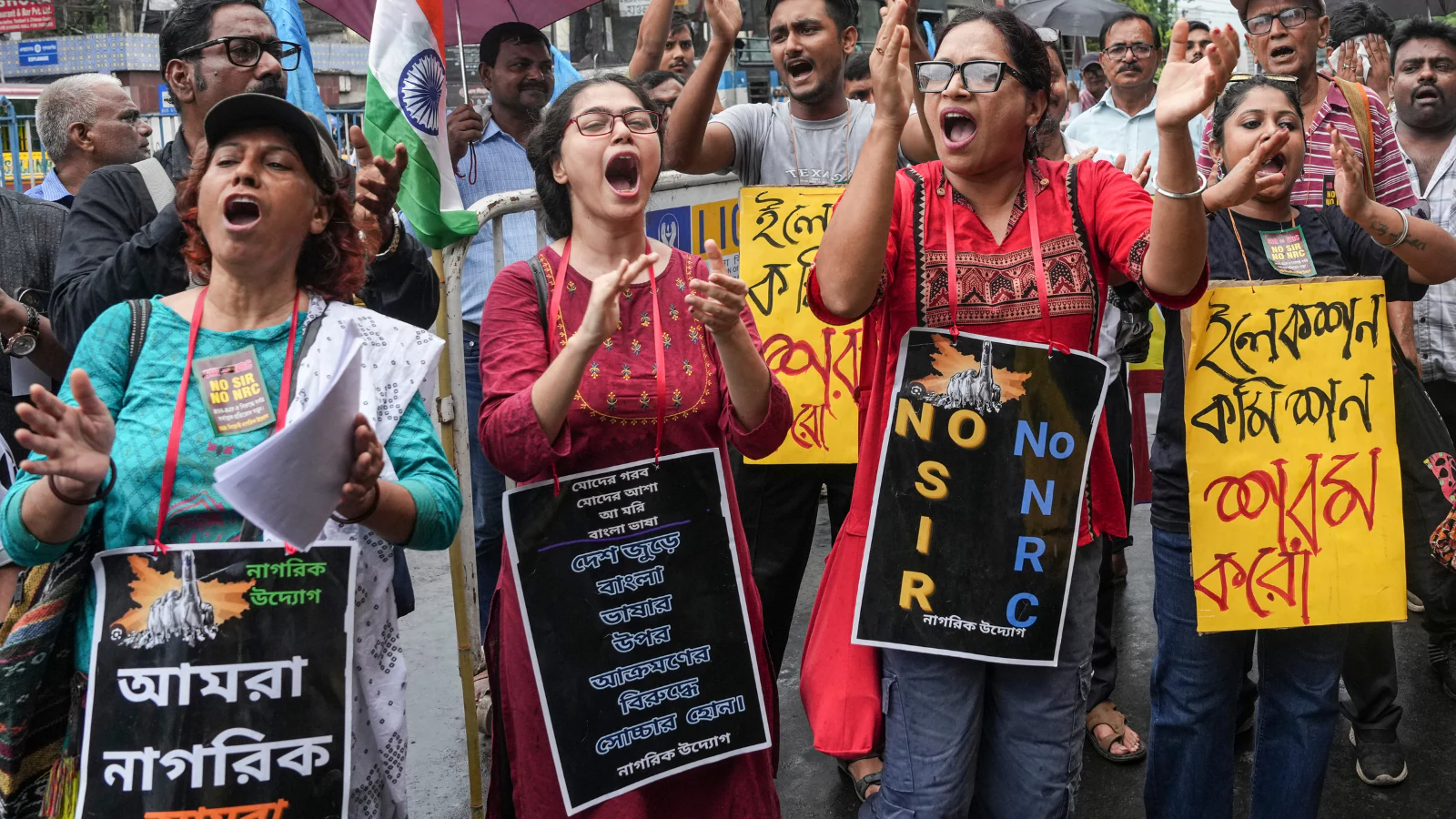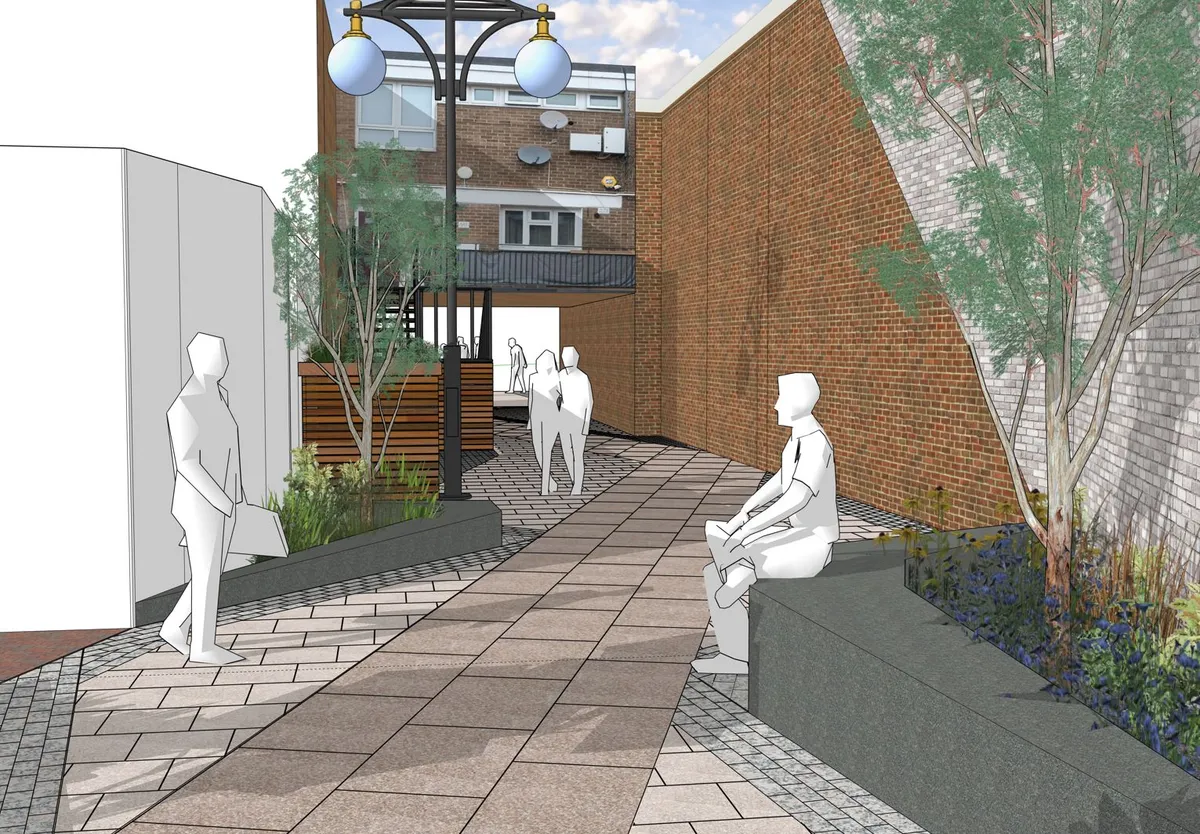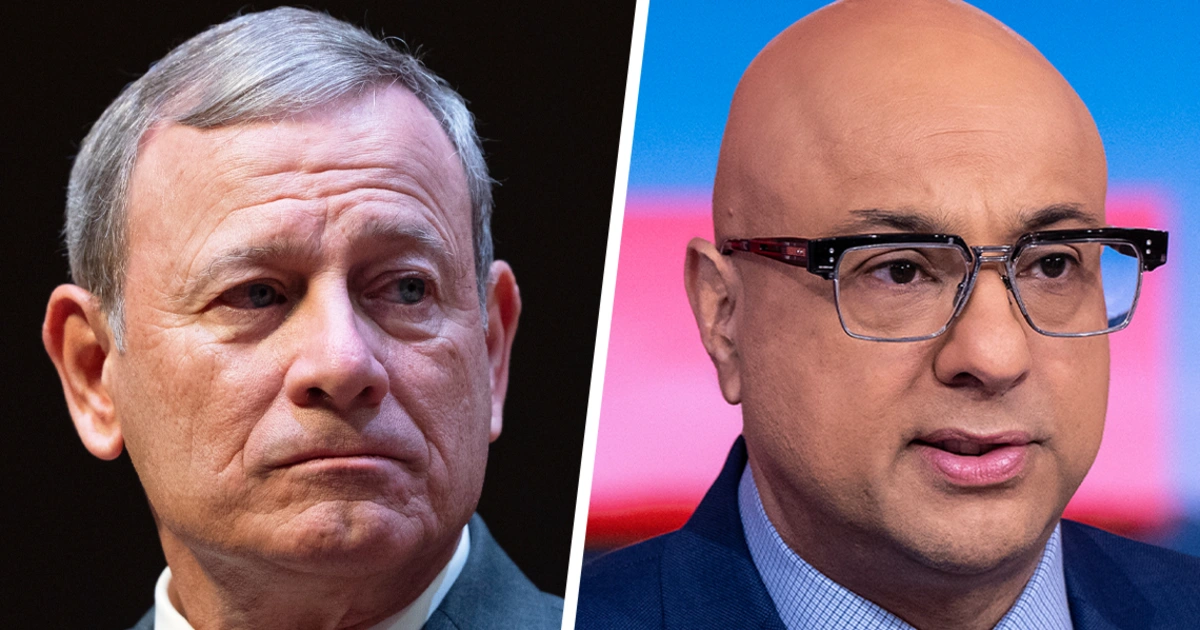Copyright news18

In Bengal, panic always precedes the process. Even before a single form is filled, before a booth-level officer knocks on a door seeking information and checking records, before any official word on inclusion or deletion, there are already claims of death, despair, and fear. This time, it is led by the chief minister of the state. On Thursday, in a long social media post, CM Mamata Banerjee alleged that two people have died by suicide and one attempted to kill himself, supposedly gripped by anxiety over the Election Commission’s Special Intensive Revision (SIR) of voter rolls. It is a deja vu in high drama, a haunting echo of 2019, when Trinamool Congress claimed over a dozen deaths linked to ‘panic attacks’ after the BJP’s campaign promising to bring NRC and CAA to Bengal. No official process had begun then either, yet fear seeped into public emotion. Six years later, the script remains uncannily familiar with the ruling party warning citizens of invisible threats, and the chief minister framing routine verification as potential victimisation. What Is Bengal Really Afraid Of? But why does Bengal panic before the fact and the process? Why does the fear of enumeration turn fatal, and why is it always the state government that says people are terrified? Because fear has been institutionalised. It is no longer an emotion, it is an instrument. For context, West Bengal witnessed a huge influx of migrants from Bangladesh in phases post independence, post partition and post formation of Bangladesh. Across North 24 Parganas, and in some parts of South 24 Parganas, there are urban and semi urban refugee colonies, which were legitimised by the successive governments. The people living there mostly satisfy the rules and clauses mentioned in the SIR guidelines. The records of West Bengal Refugee Relief and Rehabilitation department stated, “The influx of refugees from erstwhile East Pakistan was a major event in Indian history. The census figures of 1971 show the population of displaced persons in the state at nearly 60 lakhs as reported to the planning commission in 1974 by the Govt. of West Bengal.According to the Rehabilitation and Resettlement Committee Report, the number was assessed at 80 lakhs in 1981.” Bengal’s political ecosystem, however, runs on high emotional voltage, where anxiety and belonging are traded like currency. After years of rhetoric around NRC and CAA, even the whisper of ‘document checking’ hits a nerve. For thousands, especially the poor and unlettered, bureaucratic words like ‘verification’ translate into a threat to existence. The political parties use this as their campaign material before elections. Fear-psychosis is a tool in poll-campaign. A collective psychological fatigue grips the state, where every announcement or a central policy decision sounds like an omen. What should be a procedural exercise now doubles as a mental health flashpoint. In Bengal, panic has become policy, political tool while fear, the most reliable campaign strategy of all. Bihar Counts, Bengal Frets Bihar’s calm compliance stems from alignment between the ‘friendly’ state government and the Election Commission. There has been no overarching ideological battle over citizenship or voter legitimacy. The discourse stays technical mostly about inclusion, deletion, or accuracy. Disputes emerge through official channels, some political statements and media addresses but not through mass protests. In West Bengal, however, electoral revision is inseparable from politics of mobilisation. Mamata Banerjee has repeatedly portrayed any central or Commission-led voter scrutiny as a precursor to an NRC-like exercise. Her government’s and party’s messaging is such that it drives a fear of possible exclusion of the poor, minorities, and migrants. It has created deep mistrust among sections of the electorate. Street-level mobilisation by the Trinamool Congress, combined with the memory of violent CAA-NRC protests, ensures that even the most procedural of tasks carries political charge.This difference in temperament shows up in the field too. While Bihar’s booth-level officers often find cooperation from citizens and local leaders, Bengal’s officials sometimes face open hostility or suspicion. And that is why, on the ground, SIR issue does not have any resonance or reflection of public resentment.



